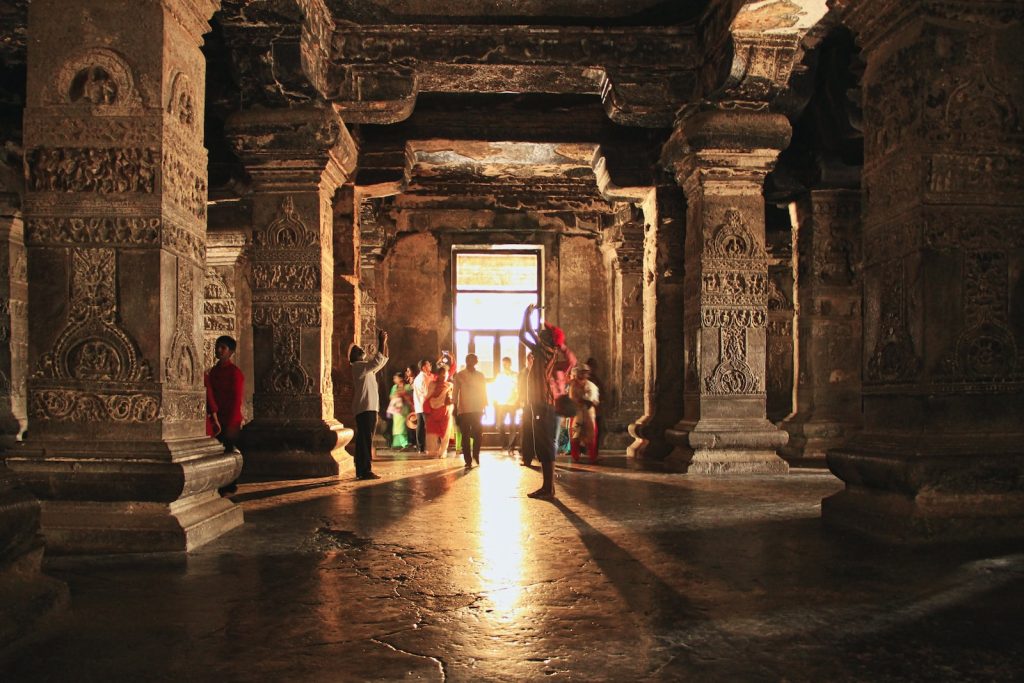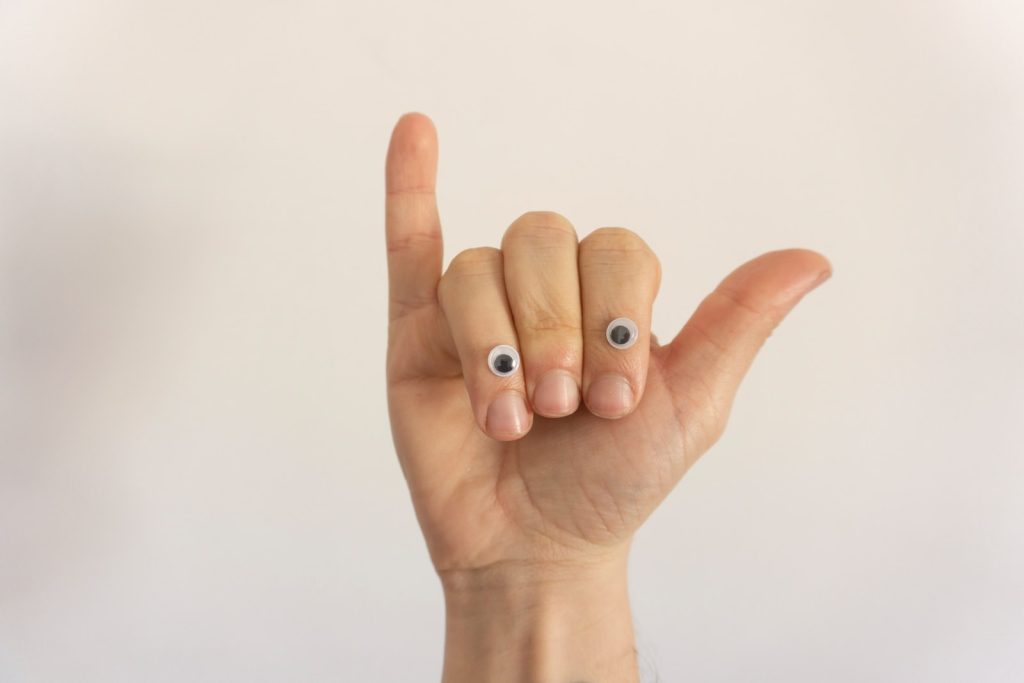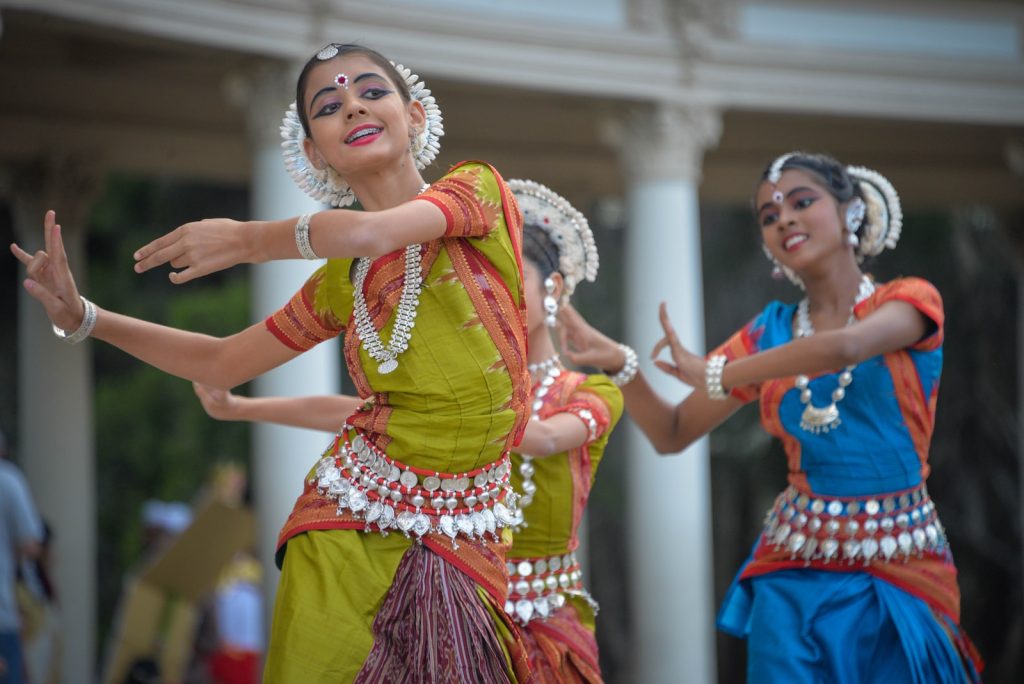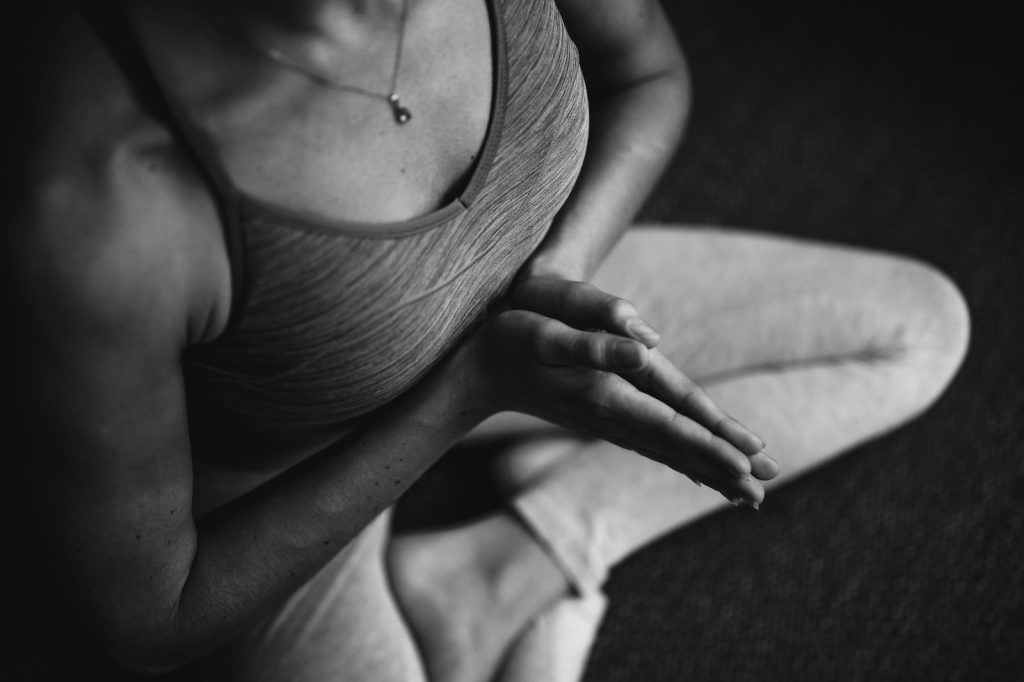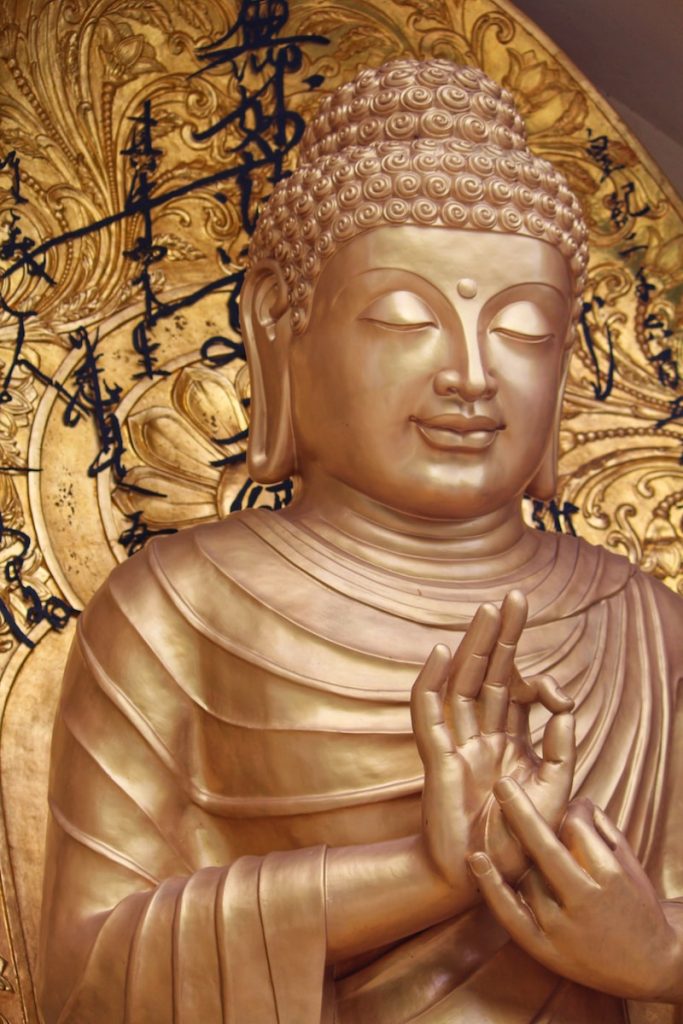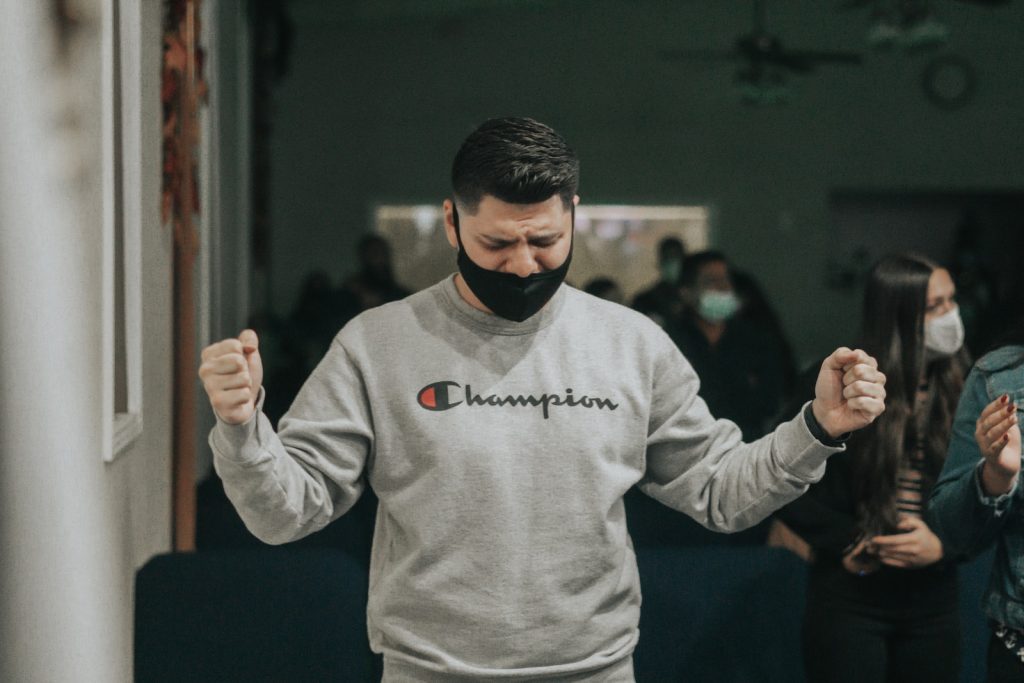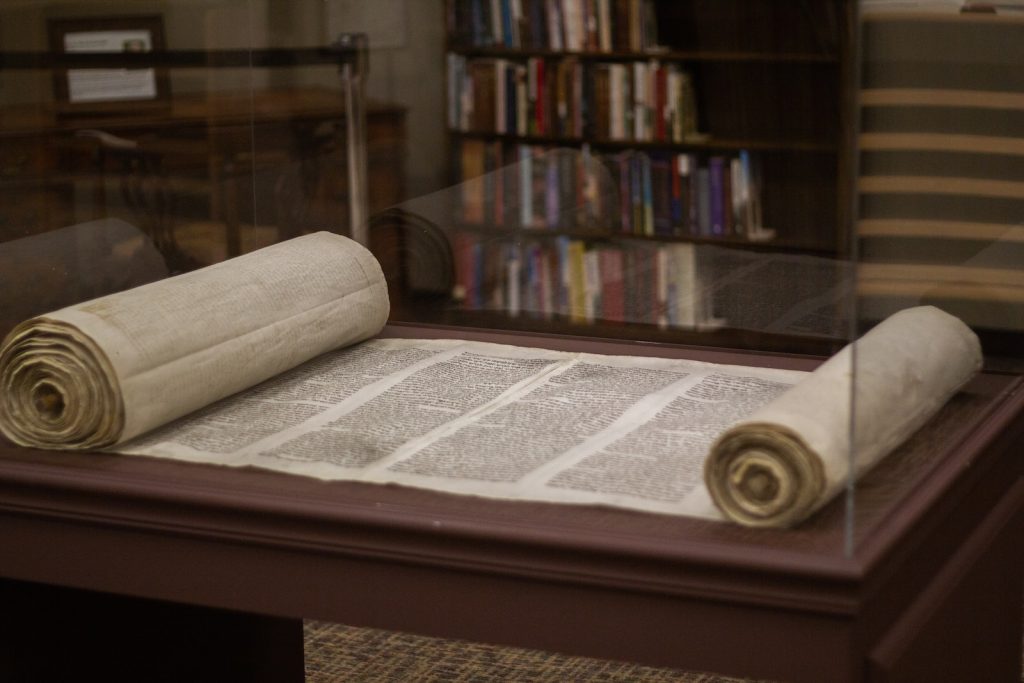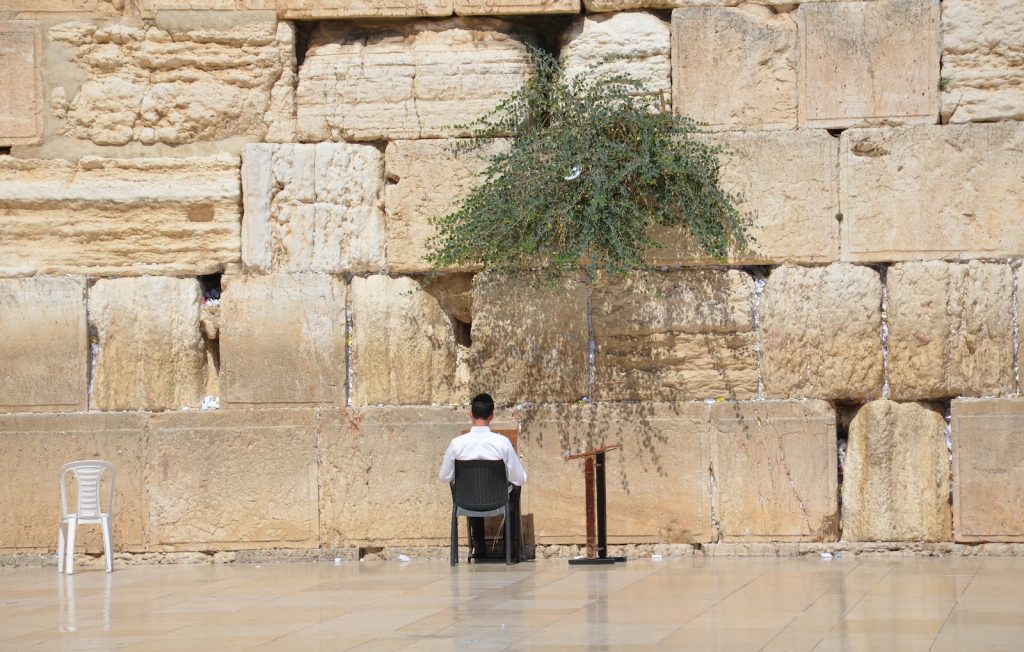Mudras: An Exploration of Cultural Significance and Symbolism in Indian Traditions
Mudras are hand gestures that hold significant cultural and symbolic value in Indian traditions. They are believed to have spiritual and healing properties, and are commonly used in yoga, meditation, and dance practices. Mudras are also an integral part of Indian art and iconography, with each gesture representing a specific deity or concept. The origins of mudras can be traced back to ancient Hindu texts such as the Vedas and the Upanishads. These texts describe the use of hand gestures in rituals and ceremonies, as well as in the practice of yoga and meditation. Over time, mudras evolved to become a complex system of hand gestures with specific meanings and purposes. This article will explore the cultural significance and symbolism of mudras in Indian traditions. It will delve into the history and evolution of mudras, as well as their role in yoga, meditation, and dance practices. The article will also examine the various types of mudras and their meanings, and the ways in which they are used in Indian art and iconography. Origins of Mudras in Indian Culture Mudras have been an integral part of Indian culture for centuries, with their use dating back to ancient times. The word “mudra” is derived from the Sanskrit language, meaning “seal” or “gesture.” In Hinduism, mudras are used during religious rituals and ceremonies to symbolize different aspects of the divine. They are also used in yoga practice to enhance physical and mental well-being. The origins of mudras can be traced back to the ancient Indian texts known as the Vedas. These texts contain descriptions of hand gestures used during religious ceremonies, and their significance in invoking the gods. Over time, mudras evolved to encompass a wide range of meanings and uses. They came to be associated with various deities, emotions, and physical and mental states. Today, mudras continue to play an important role in Indian culture, with their use extending beyond religious and spiritual contexts. They are also used in dance, theater, and other forms of artistic expression. Overall, mudras are a rich and complex aspect of Indian culture, with a long and fascinating history. Types of Mudras and Their Meanings Gyan Mudra Gyan Mudra is one of the most commonly used mudras in yoga and meditation. It is formed by joining the tips of the index finger and thumb, while the other three fingers are extended. This mudra is believed to enhance concentration, memory, and wisdom. It is also associated with the element of air and the planet Jupiter. Anjali Mudra Anjali Mudra, also known as Namaste Mudra, is formed by bringing the palms together in front of the heart chakra. This mudra is a gesture of respect, gratitude, and reverence. It is commonly used in yoga and meditation practices as a way to connect with oneself and others. Anjali Mudra is associated with the element of ether and the planet Mercury. Prana Mudra Prana Mudra is formed by joining the tips of the ring finger, little finger, and thumb, while the other two fingers are extended. This mudra is believed to enhance vitality, energy, and immunity. It is also associated with the element of fire and the planet Mars. Shuni Mudra Shuni Mudra is formed by joining the tip of the middle finger and thumb, while the other fingers are extended. This mudra is believed to enhance patience, discipline, and focus. It is also associated with the element of earth and the planet Saturn. Mudras are a powerful tool for connecting with oneself and the universe. By using these hand gestures in combination with breath and intention, one can tap into the deeper aspects of their being and cultivate a greater sense of balance and harmony. Mudras in Classical Indian Dance Mudras play a significant role in classical Indian dance forms such as Bharatanatyam, Kathak, and Manipuri. These dances are not only a form of entertainment but also a medium of spiritual expression. Mudras are used to convey emotions and tell stories through hand gestures. In Bharatanatyam, mudras are an essential aspect of the dance form. The dancer uses mudras to depict various characters and emotions. For example, the “Hamsasya” mudra is used to depict a swan, while the “Ardha Chandra” mudra is used to depict a half-moon. The dancer’s hand movements are precise and graceful, and the mudras add a new dimension to the performance. In Kathak, mudras are used to convey the meaning of the lyrics. The dancer uses mudras to depict various objects and emotions. For example, the “Trishul” mudra is used to depict a trident, while the “Shankha” mudra is used to depict a conch shell. The mudras are an integral part of the dance form, and the dancer’s hand movements are quick and precise. In Manipuri, mudras are used to depict nature and animals. The dancer uses mudras to depict various birds and animals. For example, the “Kangaroo” mudra is used to depict a kangaroo, while the “Mayura” mudra is used to depict a peacock. The mudras add a new dimension to the performance and make it more expressive. In conclusion, mudras are an essential aspect of classical Indian dance forms. They add a new dimension to the performance and make it more expressive. The hand gestures are precise and graceful, and they convey various emotions and stories. Mudras in Yoga and Meditation Mudras in Hatha Yoga Hatha Yoga is a popular form of yoga that uses physical postures (asanas) and breathing techniques (pranayama) to improve physical and mental health. Mudras are an integral part of Hatha Yoga practice and are used to enhance the benefits of asanas and pranayama. In Hatha Yoga, mudras are used to direct the flow of energy (prana) in the body. The most commonly used mudras in Hatha Yoga are: Gyan Mudra: This mudra is formed by touching the tip of the index finger to the tip of the thumb, while keeping the other three fingers straight. It is believed to improve concentration and memory. Prithvi Mudra: This mudra is
Mudras: An Exploration of Cultural Significance and Symbolism in Indian Traditions Read More »

